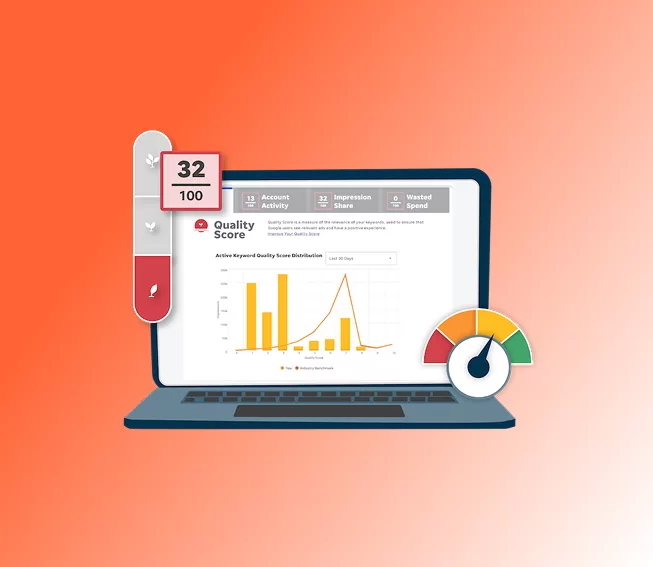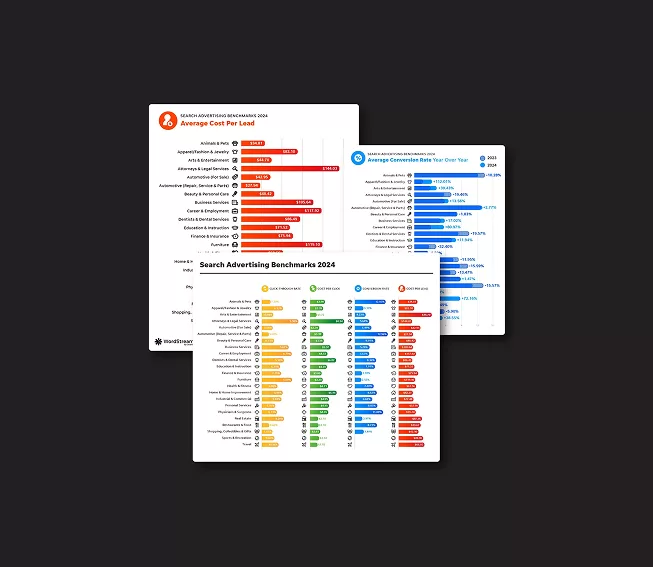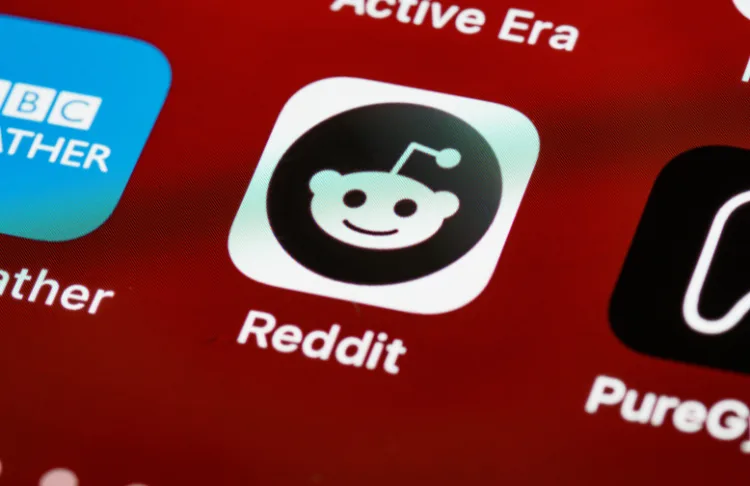There’s a lot of competition for our attention. In fact, some estimates suggest that the average person is exposed to over 4,000 ads per day!
Yet even amid all that noise, thousands of people will remember that one catchy burger joint jingle or impulse-buy something after seeing a single social media ad.
In this guide, we’ll explore the most effective advertising techniques and strategies that make the best campaigns so darn popular and persuasive. And we’ll explain why they work so you can use them in your own marketing.
Contents
- 17 of the most effective advertising techniques
- Social proof
- Problem solution framework
- Color psychology
- Repetition
- Bandwagon advertising
- Scarcity marketing
- Limited-time offers
- Contests and giveaways
- Influencer marketing
- Emotional persuasion
- Benefit-focused advertising
- Relatable humor
- Status or lifestyle marketing
- Storytelling
- Statistics
- Value-based advertising
- Interactive advertising
17 of the most effective advertising techniques ever
The best marketing campaigns rarely succeed by luck. They’re typically built around well-tested psychological principles of engagement and persuasion. These advertising techniques are designed to attract a specific audience and influence their behavior.
1. Social proof
Social proof is the psychological concept that people are more likely to take an action after they see someone else—especially someone like them—do it first. In advertising, social proof is the information we share proving that other people use and like our brands and services.
One of the most common examples of social proof is reviews.

Other forms of social proof include:
- Customer testimonials
- Case studies
- Industry awards
- The number of people you’ve sold to or served (“Over 1 million served”)
Social proof works by quickly building trust with people considering your solutions. They see that what you sell is safe, effective, and designed for people like them, and they’re more comfortable buying it. Once you collect it, use it everywhere! Splash it on your website, share it in social media posts, and add it to your ads.
🛑 Your marketing needs a plan, and here it is! Download 6 Simple Steps to a Complete Small Business Marketing Plan (+Template)
2. Problem-solution framework
The problem-solution framework is a copywriting formula that introduces a familiar problem and then offers a solution—typically in the form of the product or service you’re selling. This is often expanded into the problem, agitate, solution framework (PAS), where you really get into the pain of the problem before offering a solution.
You can see in this sales email that the marketer is surfacing a challenge. Notice how the highlighted text, “And failed miserably,” really brings it home.

The problem-solution technique works well when you present a pain point that your target audience feels deeply. That’s why it’s so important to understand your target audience.
3. Color psychology
Color psychology is the science behind which colors evoke specific emotions. Blue is for peace and sincerity. Red insinuates passion and danger.
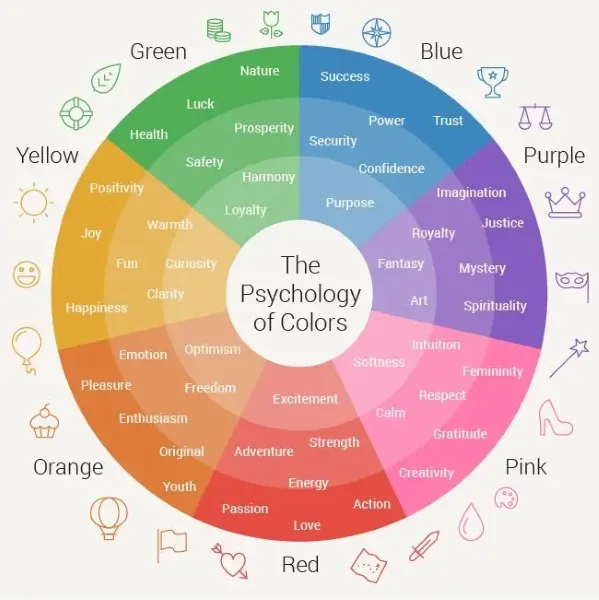
We typically notice colors, especially contrasting colors, before we process written words. That makes color psychology a powerful advertising technique for gaining attention.
Try matching the color to the vibe of your ad, position contrasting colors to get attention, and surround your most important messages with white space.
4. Repetition
Repetition refers to the repeated use of an aspect of your advertising creative. It can be a color, text, font, image, sound, or song.
Coca-Cola’s marketers have mastered the art of repetition over the years. Most people will instantly recognize the outline of a Coke bottle or the curvy “C” of the brand’s name.
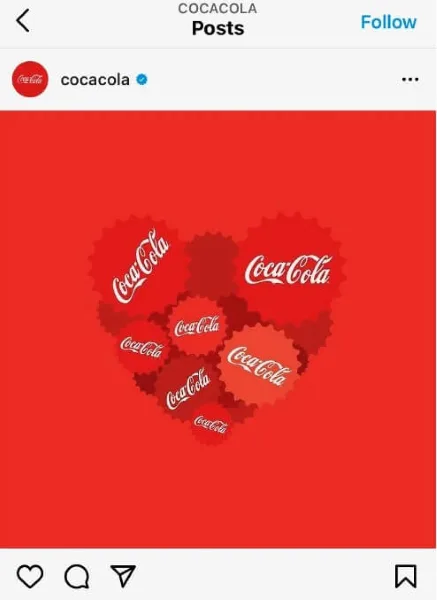
Getting people to remember your brand when they’re in decision-making mode is tough. Repetition helps make that happen more often.
5. Bandwagon advertising
Bandwagon advertising is based on the psychological principle of conformity, which is the innate desire to fit in with people around us.
One of the best examples of bandwagon virality in recent history is the Ice Bucket Challenge. Over 17 million people dumped freezing water on their heads to boost awareness and raise funds for The ALS Association—mostly because they saw someone else do it.
A more local example of bandwagon advertising would be an email marketing campaign targeting a specific city or neighborhood that features images of work you’ve done in that area.
6. Scarcity marketing
Scarcity marketing is a strategy where you intentionally promote the limited supply of a product to encourage buyers to take action more quickly. By making a product scarce, shoppers may also perceive it as something exclusive they want because others can’t have it.
If you happen to be a bourbon drinker, you may be familiar with Pappy Van Winkle. This storied whiskey is only produced in yearly batches of 84,000 bottles. And only a few thousand of the 20-year versions are released each year.
The limited supply of “Pappy” drives demand to a fever pitch, often leading people to pay thousands of dollars for a single bottle.
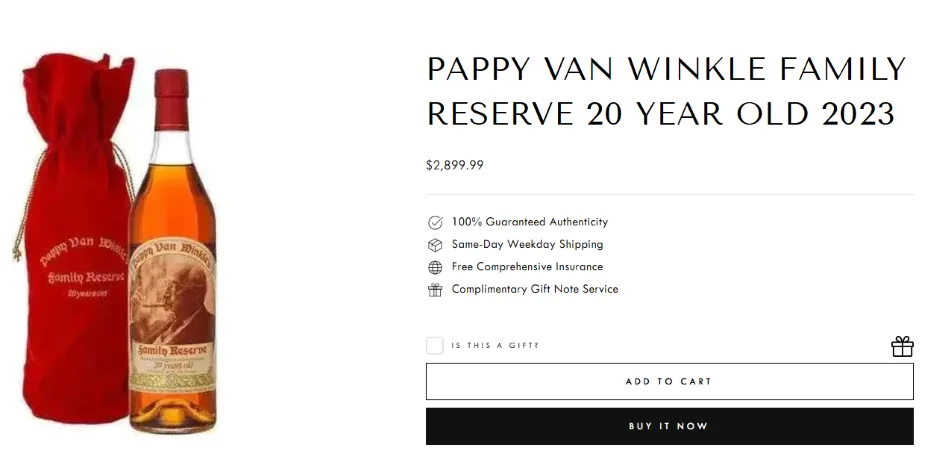
Scarcity is a tricky game to play because it relies a lot on word of mouth to make the message authentic. Try issuing a limited edition color or flavor of your product, promote it through your social media channels, and see if it catches on.
7. Limited-time offers
Limited-time offers work similarly to scarcity advertising, except that instead of creating urgency around a limited supply, you set a specific and short timeframe for buyers to act.
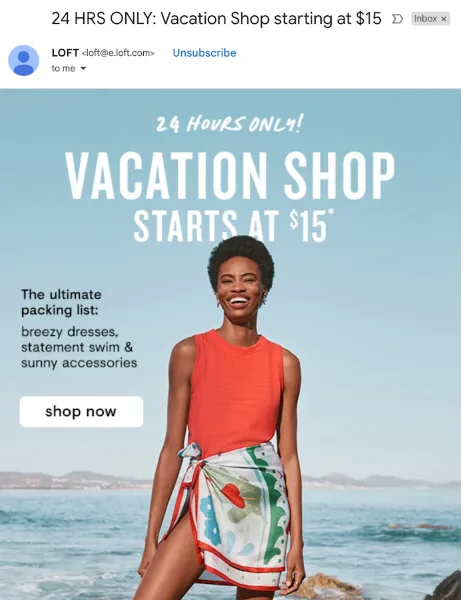
These offers are flexible and easy to use for most businesses. Simply offer a discount and set an expiration date for it. Boost the urgency by adding a countdown time to your ads.
🚀 Want more leads now? Get The Definitive Guide to Lead Generation: 25 Ideas (+Tips & Examples)
8. Contests and giveaways
People love winning things and getting free stuff, and that’s the motivation behind why contests and giveaways are such useful advertising techniques.
Social media is a perfect platform to host a contest or giveaway because it’s designed to help messages spread organically.
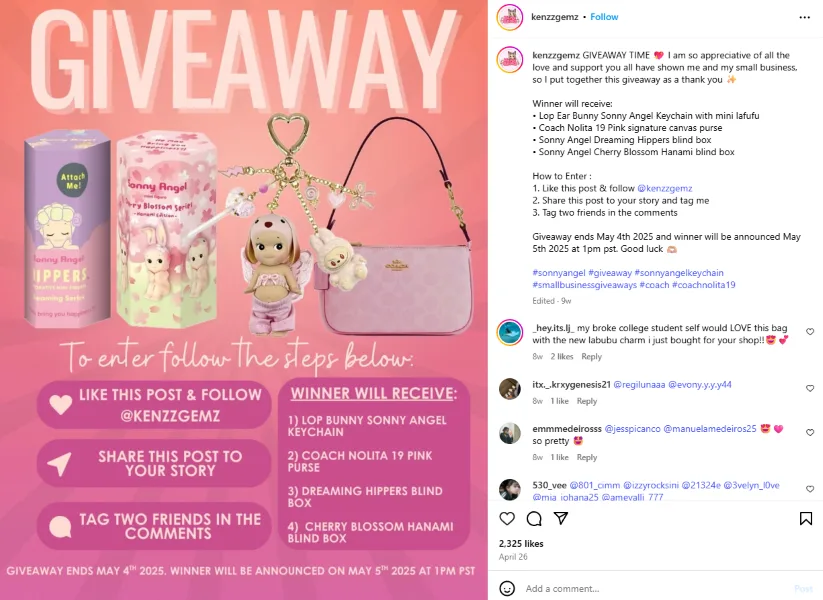
Giveaways and contests are fantastic for driving awareness and generating leads because you can ask people to share your post and register their email address as a condition of entering the contest.
9. Influencer marketing
Influencer marketing leverages the status and popularity of a person who’s built an audience, typically online. The amazing benefit of influencer marketing is that you get to tap into that interested and engaged audience without having to build it for yourself organically.
It used to be that influencers were only for big brands. But the rise of the micro-influencer has made this technique accessible to even small businesses.
The key to success with influencers is to find someone who has a truly engaged following. Five thousand people who view, like, and share their posts are better than a million who follow but never look.
10. Emotional persuasion
Emotional persuasion in advertising aims to evoke a powerful psychological response, thereby motivating action.
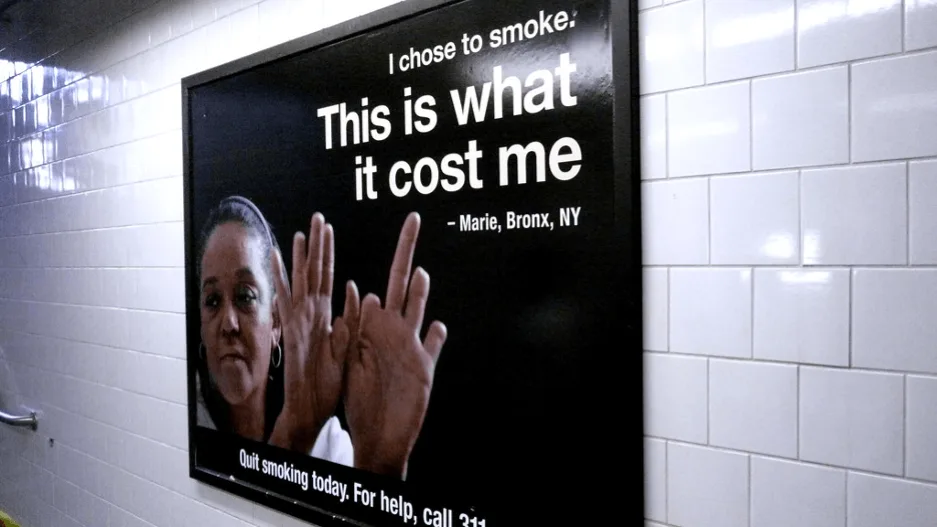
Nonprofits often use emotional persuasion to solicit more donations, but for-profit businesses can also benefit from this technique. Show a happy family using your product or poke a little fun at a common, but not serious, fear, like losing your keys or running out of ice cream.
11. Benefit-focused advertising
Benefit-focused advertising highlights what a buyer will gain from a product or service, rather than focusing solely on the product itself.
The classic example is selling the hole, not the drill. The idea is that instead of listing attributes like the high-torque or rotation speed of the drill, you show someone accomplishing a task easily. Add some emotional advertising by eliciting the feeling of accomplishment you get when you hang your own bookshelves or build a doghouse.
12. Relatable humor
Humor isn’t just for fun. It actually makes your brand more relatable and trustworthy.
Relatability is the key part of that statement. You want to find something that feels like an inside joke—something your specific audience will understand and connect with.

Make sure and read the room before trying a funny ad, though. You could damage your brand if you try to get a laugh when something very serious is happening.
13. Status or lifestyle association
Status or lifestyle association connects your brand with a group of people or a way of life your audience aspires to join.
Be creative with this technique. It’s common to imagine showing your product being used by people in “high society.” But it may be even more powerful to show it used by a rugged and capable blue-collar worker or an accomplished outdoor enthusiast.
14. Storytelling
Storytelling is the art of creating a narrative around your brand, products, or services to make them more relatable and accessible. It works by helping your audience picture what life would be like if they chose your solution.
A common way to use storytelling is by sharing the history or mission of your company.

Then use pieces of that story to promote your brand through your advertising channels. Other examples of stories you can tell include:
- Before and after examples
- Employee or customer stories
- Stories of your business’s successes or failures
15. Statistics
Statistics serve several purposes in marketing. They can be used like social proof (“63% of our customers say they’d recommend us to a friend”). They can also help agitate a pain point (“Nearly half of all Americans will need corrective eyewear by the age of 50”).
In any case, statistics “bring the receipts” to prove whatever point you’re trying to make.
You can pull statistics from reputable sources. Or you can even generate your own. Try running a poll of your customers to learn what their favorite outcome of using your product is, then use the results in an ad campaign.
16. Values-based advertising
Value-based advertising connects with customers by appealing to their personal beliefs instead of only focusing on price, features, or benefits of a product or service.
Sharing your brand’s position on important topics is helpful. Most people (82% according to one poll) say they want a brand’s values to align with their own.

The best part about this particular advertising technique is that it’s free and accessible to every business. Simply dedicate some of your advertising space to sharing what values your brand focuses on.
17. Interactive advertising
Interactive advertising covers ads that viewers can participate in and manipulate. They’re popular because they encourage engagement—something most marketers constantly chase.
One of the easiest versions of interactive advertising to try is social media polls.
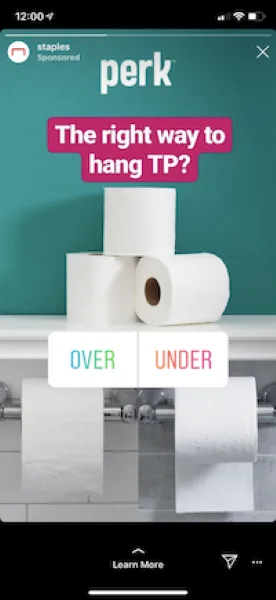
You can ask a fun, silly question to get lots of engagement. Or you can poll your followers about new products to help guide your next release.
Here are some other ideas to include in interactive advertising campaigns:
- A quiz about your products or another related topic
- A cost calculator
- A product finder
- An interactive map
10 common advertising strategies
Where advertising techniques are the ingredients of a great ad, advertising strategies are where and how you serve them. These strategies are not only among the most common, they’re also incredibly effective at generating awareness and leads for your business.
1. Social media advertising
Social media advertising includes all of the ways you can pay to promote your business on platforms like Facebook, Instagram, and TikTok. There is now a huge range of ad placements and types available on social channels, including in-feed ads, video ads, Story ads, and many more.
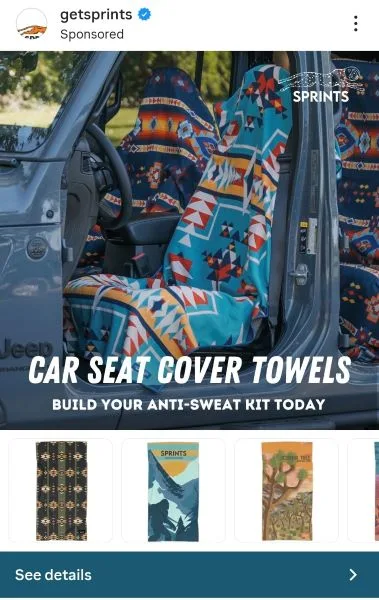
Besides being versatile, social media ads can also be hyper-targeted to reach very specific groups of people. Want to sell to classic car enthusiasts in Des Moines? You can target them with a social media ad.
2. Search engine advertising (PPC)
Search engine advertising, also called pay-per-click (PPC) advertising, refers to the strategy of bidding for ad placements on search engine results pages and associated web pages. They’re called PPC ads because you often pay a small fee every time someone clicks on your ad (although you can pay per lead or by other results as well).

Search engine ads are one of the best investments in advertising. They catch people right as they’re looking for a solution. Plus, they’re often cost-effective since you only pay if you get a positive result.
🚨 Don’t waste money on Google Ads! Use the Free Google Ads Grader to make sure your campaigns are performing at their peak.
3. Remarketing
Remarketing is the practice of displaying additional ads to individuals who have previously searched for products related to your offerings or have interacted with your website.
One of the most popular examples of remarketing is the use of cart abandonment ads. These messages are triggered to send when someone leaves products in their cart unpurchased. The ad then aims to get them to complete the buying process.
Remarketing ads can show up almost anywhere online. They can be in your social media feed, on a Google search page, or as display ads on various websites. Regardless of where they land, this advertising strategy is an excellent way to convert leads who have already shown an interest in your brand.
4. Email marketing
Email marketing is one of the most effective advertising strategies on this list, offering an impressive return of $36 for every $1 spent on average.
Another advantage of email marketing is that it’s an owned channel—which means you’re not subject to the whims of algorithms and ad auctions to get your message out. You can also measure the effectiveness of your email campaigns in many ways, allowing you to improve them quickly.
There are plenty of great email marketing examples out there to learn from. But one of the most important aspects of this advertising tactic is the call to action. Make sure readers know exactly what you want them to do next by stating it clearly.

5. Video advertising
A Video advertising strategy encompasses any form of video used to promote your business across the internet. Some examples include YouTube ads, Instagram Reels, or paid TikTok promotions.

Creating video ads can be more time- and resource-intensive than creating copy and still-image ads. But they generate a lot more engagement and shares than static ads. Plus, you can use AI to edit videos now, making the process much faster.
6. Geofencing
Geofencing is a clever location-based advertising technique that uses WiFi, GPS, or cellular data to serve ads to people with mobile phones who enter a set perimeter.
For example, say you market a doggie daycare. You can set up a geofence around nearby dog parks and pet shops, so when someone who’s opted in for your messages enters those zones, they get an ad and a coupon to use your service.
Geofencing can help you attract more customers by displaying ads to individuals who are near your location and exhibit signs of being a target audience.
7. Affiliate marketing
Affiliate marketing is a system where businesses reward bloggers, influencers, and other content creators for promoting their products. An affiliate marketing program is typically performance-based, where the affiliate receives a commission when a user clicks a link or makes a purchase.

Affiliate marketing is an effective way to quickly expand your digital presence and showcase your products to targeted audiences.
8. Podcast advertising
Podcasting has absolutely boomed recently. There are now over 500 million podcast listeners worldwide. The number of topics that podcasts cover has also grown exponentially. If you can think of a topic, there’s probably a podcast for it.
Podcast ads can be a mention at the beginning of an episode, an ad that plays mid-show, or a call to action at the end. They can be recorded separately and added dynamically, or be part of the host’s script during the show.
Like other advertising strategies we’ve covered, it’s essential to tailor your message to match the medium and audience. Make sure the people who listen are your potential customers, and that the podcaster matches your brand’s tone and values.
9. Google Local Services Ads
Google Local Services Ads (LSA) are search ads designed to give local service-based businesses a leg up on search engine results pages. They look a little different than standard Google Ads, which helps them stand out.

There are other advantages of LSAs for local businesses, like:
- You only pay for leads: Instead of paying per click, with LSAs, you pay each time your ad delivers a lead, which is usually more valuable than a click.
- Trust badges: After completing a brief verification process, you can earn a green trust badge, which helps validate your business to customers.
- Simplified rankings: Several factors go into determining which standard Google Ads to serve, but with LSAs, it’s mostly down to geographic proximity and reviews.
Local Service Ads are available to over 80 types of businesses, including home services, healthcare, real estate, and many more.
10. Programmatic advertising
Programmatic advertising is a system of ad-space buying that uses data, algorithms, and real-time auctions to target specific platforms and audiences. With all that audience information and machine learning power, you can efficiently reach your ideal audience at the perfect place and time.
Programmatic ads are multi-channel, appearing on mobile devices, video platforms, social media, and other relevant channels.
While this ad strategy has many benefits, it’s not without its dangers. The programmatic advertising ecosystem is complex, with several players involved in each ad buy and placement. And there’s a risk of your ad appearing next to questionable content on the internet, which could hurt your brand perception. It’s best to learn about the process early or work with an experienced professional.
Which advertising techniques and strategies are right for you?
There are dozens of advertising techniques out there that can help you improve your messaging, gain positive attention, and build a stronger brand. And almost as many strategies you can use to implement those techniques.
Which you choose depends on your goals, resources, business type, and audience. Test a few, keep the ones that work best, and test a few more. That’s how to find the magic combination of ad techniques and strategies that grow your business.
Now, if you’d like to speed up those tests and get to growing faster, contact us. We’ll show you how our solutions can help you find the magic recipe for advertising success.



